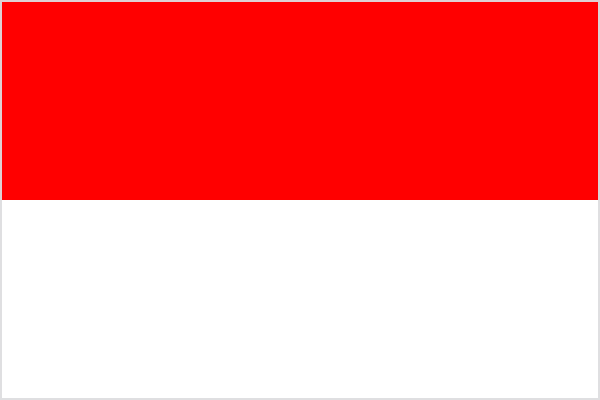EVERY YEAR, 8 MILLION TONS OF
PLASTIC WASTE END UP IN THE OCEAN.
Furthermore, 60% of it comes from Asia.
Across the ASEAN region, we can see waste and plastic polluting beaches, the ocean, and delicate ecosystems like coral reefs, as well as harming marine animals who frequently mistake it for food.
Plastic also takes hundreds of years to degrade, breaking down into tiny particles that mix into seawater and are difficult to filter out. These so-called microplastics affect life all along the food chain, and eventually wind up inside of the humans who consume them as seafood.
According to one study, Viet Nam, Thailand, Indonesia, and the Philippines are four of the largest contributors of marine plastics. They are major importers, producers, and consumers of plastic, and possess limited waste management systems leading to the leakage of plastics into the environment.
THE TIME FOR ACTION IS NOW.
EPPIC is embarking on a 2.5-year journey to identify and scale up the most promising new solutions in the ASEAN region to address this growing problem, with a particular focus on four of the top offenders: Indonesia, the Philippines, Thailand, and Viet Nam.
During Phase 2 of EPPIC (2021-2022), the challenge is targeting two high-traffic sites to tackle plastic waste where small changes can make a big difference: Mandalika Special Economic Zone, Lombok Island in Indonesia and Samal in the Philippines.
Mandalika, Lombok Island
Mandalika Special Economic Zone, Lombok Isand
Mandalika is on the southern coast of the island of Lombok, famous for a 7.2 km white beach. Mandalika is among the “10 New Bali Initiative” locations selected by the government aiming for boosting tourism development in particular locations in Indonesia
About the location
- Mandalika comprises 4 villages of an area of 6412 km2 as the Main Area, and 2 villages of 1968 km2 as the Buffer Area, with a population of 46,432 (2020)
- Tourist number reached 0.6 million in 2019. This number is projected to quadruple by 2025.
- The percentages of land use in the Mandalika area are 21.6% residential areas, 11.3% as golf course, 7.4% as hotels, 6.9% as mixed use, 12.8% other uses with 40% untapped land.
- 28% of the population works as farmers, 3.83% as fishermen, 21.42% as housewives. Except for tourism, main activities include salt farming, aquaculture, mangrove forest development and others
Waste and plastic waste generation in Mandalika
- Total waste generation in Mandalika is529,965 tonnes / year. In the next 10 years, in 2030, the amount of waste is predicted to increase by 4.7%.
- The average plastic waste generation in Mandalika area is 236,364.39 tonnes / year.
- The generation of plastic waste is from the consumption pattern that people buy food or daily necessities packed with plastic materials.
- The generation of plastic waste has increased by 5.5% since 2017. In the next 10 years in 2030 the amount of plastic waste is predicted to increase by 4.3%.
Source of Marine Plastic Litter
- Tourism Activity
- Land-based waste management
- Tourism Infrastructure Development
EPPIC is looking for innovative solutions that combat plastic pollution, offer sustainable alternatives, enhance plastic value chains, foster recycling, minimise pollution from tourism, and support plastic monitoring while collaborating with local communities
to contribute to the green transition of of Mandalika, Lombok Island and Samal Island.
to contribute to the green transition of of Mandalika, Lombok Island and Samal Island.










